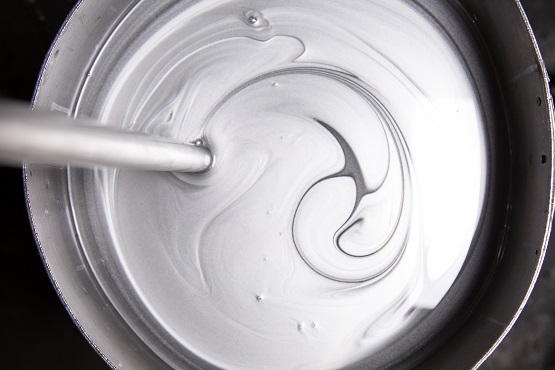Frequently Asked Questions

Contact Us
Toll Free 1.800.747.1084
Local 309.523.2121
FAQ
To learn a little more about us, take a look at these answers to frequently asked questions. And if you want to know whether Sandstrom is the right choice for your next challenge, don’t hesitate to contact us directly.
Request a Quote
Product Help Form
Safety & Technical Data Sheets
Specifications Search
“Sandstrom’s 099 coating sprays so much better than other coatings that conforms to the MIL-PRF-46010 specification and is easy to work with being a waterborne coating”
“We have worked with Sandstrom Products for a little more than ten years. While their products are extraordinary, it is their customer service that makes them a premier… read more
“In 2012 we were looking to add heat cured Solid Film Lubricants to our capabilities as a Dry Film Lubricants applicator. I contacted Sandstrom Products for a quote on material… read more
